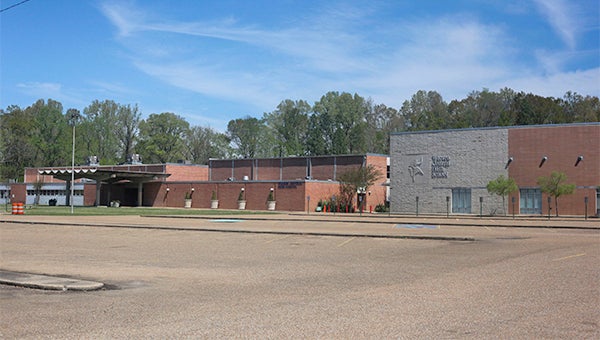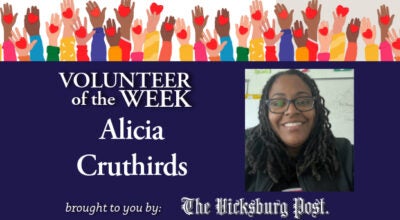With voter OK, school work to begin soon
Published 5:46 pm Saturday, March 31, 2018

- Warren Central High School (Courtland Wells/The Vicksburg Post)
The Vicksburg Warren School District’s $83 million facilities bond referendum passed with just more than 68 percent of the vote Tuesday, but now the hard work of putting that money to use begins.
The district will work with Dale/Bailey Architects on the $131.5 million facilities plan that will include projects at each of the district’s 13 schools. With the passage of the bond, the immediate steps are selling the bond and beginning the design phase for the projects.
The most pressing issues, such as the reroofing projects needed at almost every building, will also be going out for bid in the near future and starting construction as early as this summer.
“The next step is two parts,” VWSD superintendent Chad Shealy said. “We’ve got the financial component. We will have a person who goes out and finds the best rates for our bonds. In the meantime, the work we can begin we are going to work out of the funds we have. When the bond sells, we will come back and reimburse that money.”
Gary Bailey, with Dale/Bailey, said the goal is to have the bids for the reroofing projects, which are expected to cost as much as $12 million in all, ready to go out by the VWSD Board of Trustees’ next meeting in April.
The overall project will be done in phases, Bailey said, with the design process for the major projects at the two high schools starting first because those projects will take the longest to complete. The junior highs will come next and Bailey said the elementary school projects will likely be going on simultaneously with the other two.
The projects at the two high schools are expected to take 16 to 24 months to complete, but Bailey said smaller projects throughout the district will hopefully be bid out in the fall and completed by August 2019.
“One of the reasons we stair step the projects is because of contractor availability,” Bailey said. “You can’t dump $131 million of work on the market at the same time. You would overload the construction market.”
With so many projects to be completed, Bailey said the goal is to include as many local contractors as possible. The projects will have to be bid on through the public bid process, but Bailey said they will work to encourage local and minority contractors to bid and write proposals where it is feasible for smaller companies to be involved in the process.
“We have a major focus, and my recommendation is that we keep major focus on including local people as much as possible and getting the construction market stimulated in your community and getting people from your community involved in the public bid process,” Bailey said. “I know we have laws we have to abide by, but we are going to make every effort of encouraging minorities and local people to be involved in the process.”
Before major projects can begin, an extensive design process must occur to make sure the needs of each facility are met.
Bailey recommended to the board members that they set up committees for each of the buildings that include teachers, administrators and district officials to participate in the process.
He also recommended design committees be set up to work on major projects such as a high school committee and a junior high committee to make sure each school receives equitable resources.
“It is going to be the most exciting, chaotic process you have ever been involved it. It is going to be frustrating at times and people will get confused. What I can promise is it will be safe. Number two, that education is never compromised. When testing takes place, contractors stop,” Bailey said. “I have never been more excited in my life to work on projects than these you are doing right here. Because you are doing great things inside those schools, great things can come outside them.”
Bailey and Shealy also both said they will be looking for the community’s input during the process through work sessions, public meetings and the district’s Thought Exchange service.




